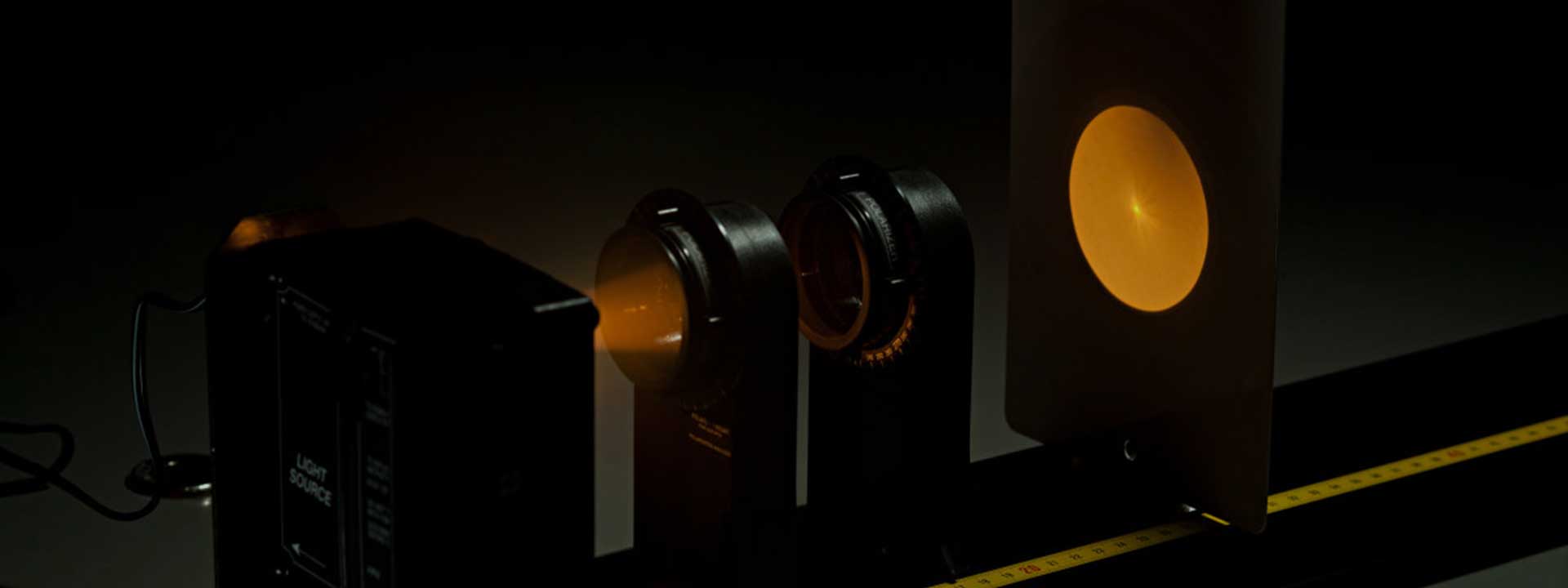A dichroic filter is a very accurate color filter used to selectively pass light while reflecting other colors in a small range. In contrast, dichroic mirrors and dichroic mirrors tend to be characterized by the color of the light reflected, rather than the color that passes through.
Dichroic filters filter out light from white light sources to produce light that humans perceive as highly saturated in color.
Dichroic mirrors (often called cold mirrors) are often used behind light sources to reflect visible light forward while allowing invisible infrared light to emerge from the back of the fixture. This arrangement allows intense lighting with fewer illuminated objects. To this end, many quartz halogen lamps have an integrated dichroic reflector, originally designed for use in slide projectors to avoid melting slides, but are now widely used in indoor domestic and commercial lighting. Improves whiteness by removing excess red; however, if infrared is used in recessed or enclosed luminaires, it creates a serious fire hazard radiating into these luminaires. For these applications, non-cool beam (ALU or Silverback) lamps must be used.
Dichroic filters use the principle of thin film interference and produce the same color as an oil film on the water surface. When light hits the oil film at an angle, some light is reflected from the top surface of the oil and some light is reflected from the bottom surface that is in contact with the water. Since the light reflected from the bottom has a slightly longer travel path, some wavelengths are enhanced by this delay, while others tend to be canceled out, resulting in visible color.
In dichroic mirrors or filters, instead of using an oil film to create interference, alternating layers of optical coatings with different refractive indices are built on a glass substrate. Interfaces between layers with different indices of refraction create phase reflections that selectively enhance certain wavelengths of light and interfere with others. These layers are usually added by vacuum deposition. By controlling the thickness and number of layers, the passband of frequencies can be adjusted to the width of the filter and made wider or narrower as needed. Because unwanted wavelengths are reflected rather than absorbed, dichroic filters do not absorb this unwanted energy during operation and therefore do not become more all energy in the passband).
Similar dichroic prisms are used where white light is intentionally divided into various color bands (for example, in color video projectors or color TV cameras). However, it is now more common for cameras to have arrays of absorption filters to filter individual pixels on a single CCD array.
In fluorescence microscopy, a dichroic filter acts as a beam splitter, directing illumination at an excitation frequency directly to the sample and then rejecting the same excitation frequency in the analyzer, but passing a specific emission frequency.
Some LCD projectors use a dichroic filter instead of a prism to split the white light from the bulb into three colors before passing through three LCD units.
Older DLP projectors typically transmit white light sources through a color wheel that uses dichroic filters to rapidly switch colors sent through a (monochromatic) digital micromirror device. Newer projectors may use a laser or LED light source to directly emit the desired wavelength of light.
They are used as laser harmonic separators. They separate the various harmonic components of frequency-doubled laser systems through selective spectral reflection and transmission.
Dichroic filters are also used to create gobos for high power lighting products. Make photos by overlapping up to four colorful dichroic filters.
The color head of a camera enlarger uses a dichroic filter to adjust the color balance in a print.

